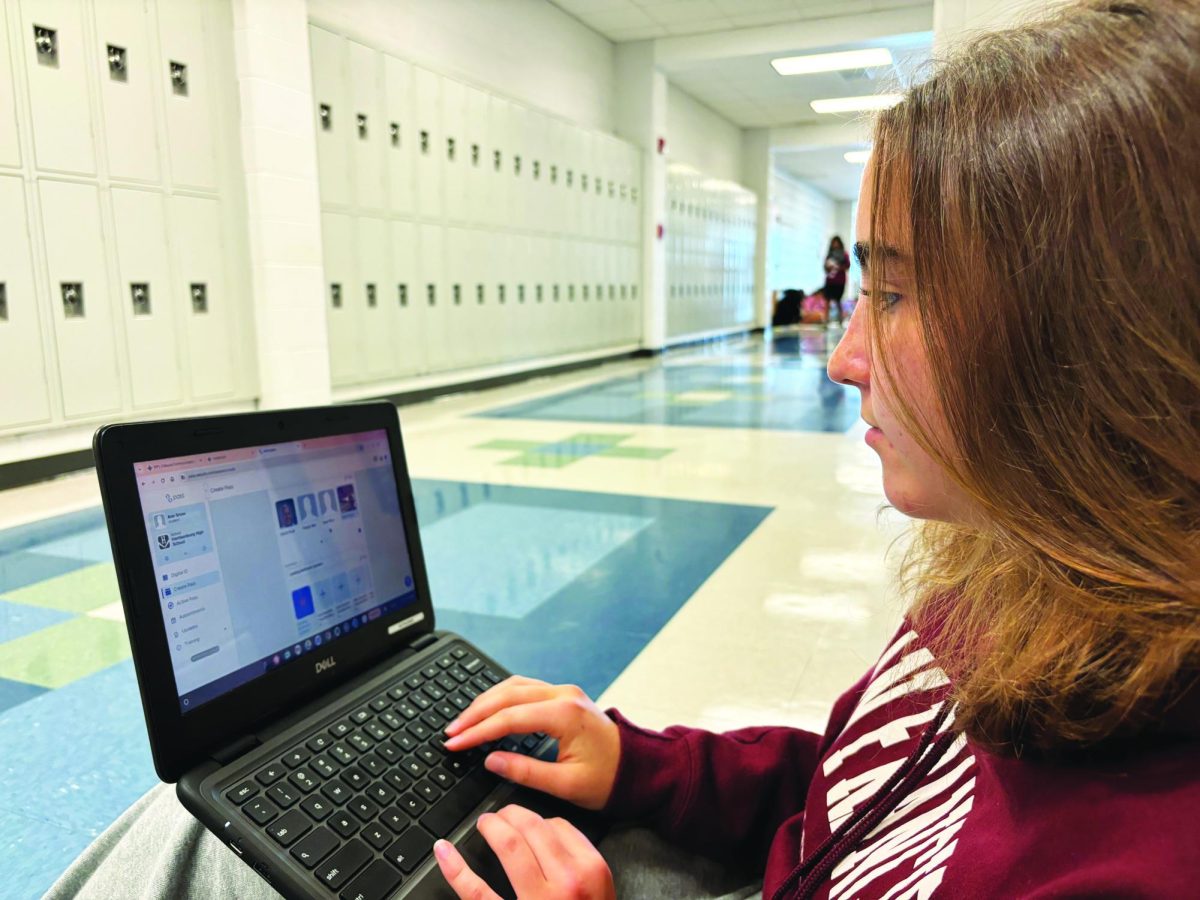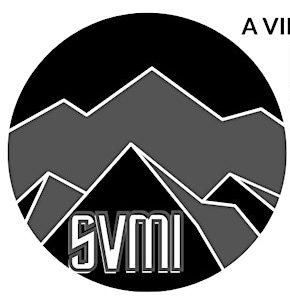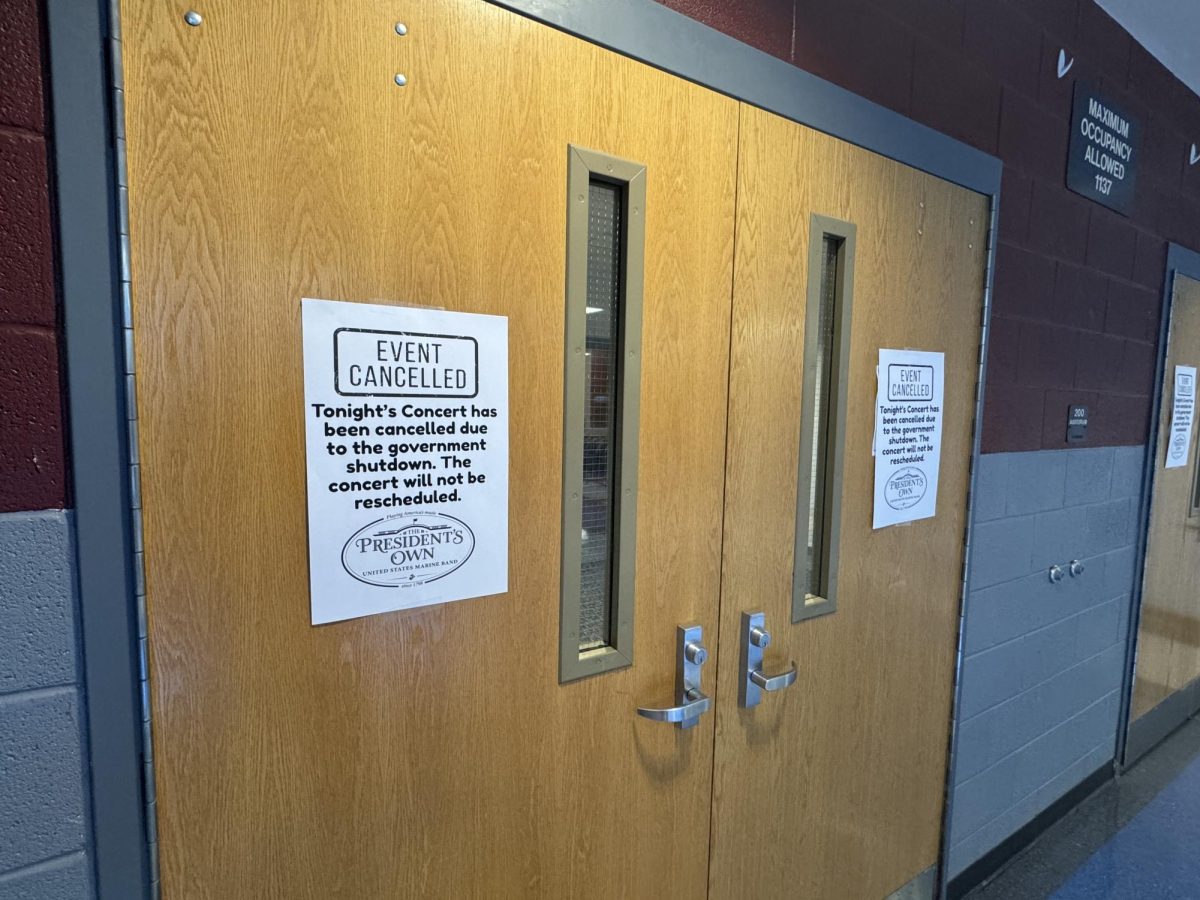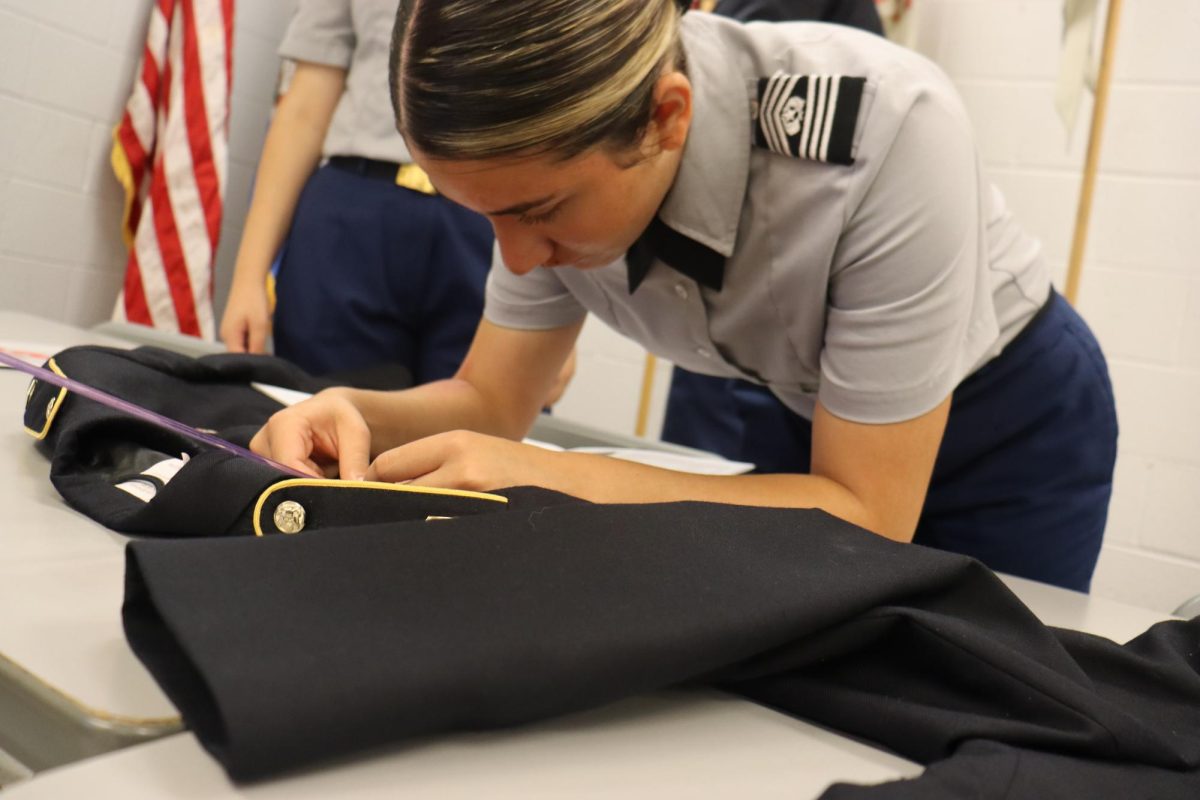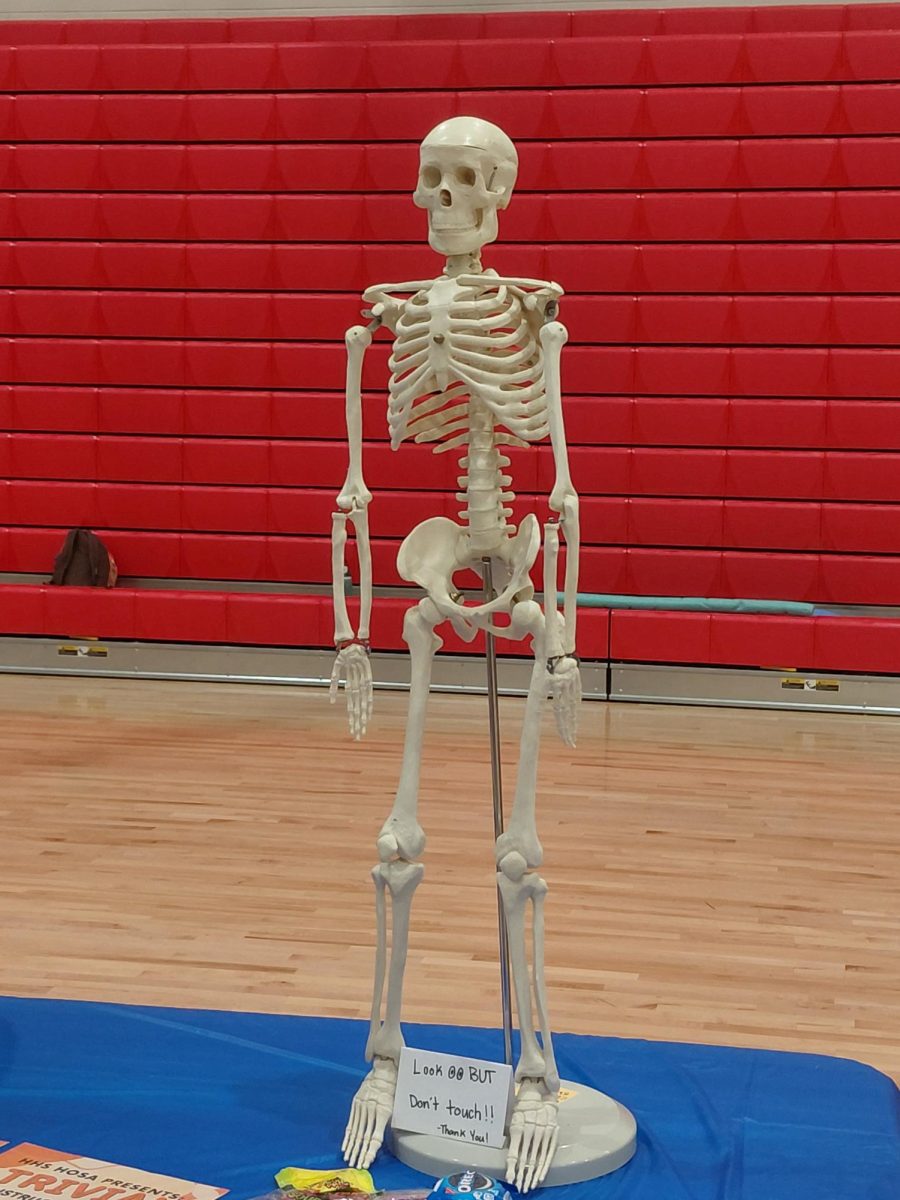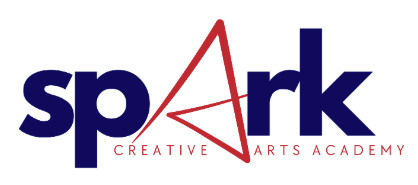
Paper hall passes have been a staple in the high school for the past few years. This year the passes are digital using an application called Securly Pass. Students create passes on their chromebooks which they themselves can approve, or have approved by their teachers. The student is then given a lanyard to take with them. Securly Pass records how long students are out of the classroom, turning yellow then red as time goes on. The administration can see how often students leave classes and how long they are out for.
Junior Annie Snow finds that the digital passes are a good way to control pass abuse.
“I think they chose to switch to digital passes because there were too many people out in the hallways, it was starting to become something that they couldn’t control,” Snow said. “This allows the teachers and the faculty to be able to control the situation.”
The digital pass has been found to help reduce the time taken out of teaching as students are able to approve their own pass and end it on their own, preventing teachers from taking extra time out of their teaching.
“The pass [system] benefitted me as a student because I don’t have to completely interrupt the class if I need a pass,” Snow said.
The EHall pass is programmed to do things such as lock in the first and last 10 minutes of class, and restrict students from creating passes when bathrooms and halls are too full. To replace the paper passes students were once given to carry around, they are given lanyards.
“I don’t mind the lanyard, I think it’s easier than carrying the paper because you can drop the paper and get dirty. The lanyard is harder to lose,” Snow said.
To some students, the switch is thought to have its pros and cons. Senior Dominic Rodriguez finds bugs and disadvantages with using a new system.
“[The digital pass] isn’t my favorite thing, but it’s really useful. I don’t think it’s polished at all, there’s some bugs in there that don’t really work out. Sometimes teachers don’t press certain buttons and it’s just kind of inconvenient. It sounds like it can be a good idea, but it’s just not there yet,” Rodriguez said.
From a teacher’s perspective, the digital pass system has been very useful in the classroom, allowing teachers to use their class time in a more efficient way. Math teacher Julie Tibbles believes the digital passes are an advantage for teachers.
“It’s been very useful because I don’t have to take time out of my class.I have it set to one person out at a time. If the kids want to go and they set that pass, if someone’s already out, it won’t let them start the pass,” Tibbles said.
With the system tracking mainly bathroom passes, it can become difficult to make passes to different locations.
“So because I’ve had it set at only one person out at a time, if someone’s out at the bathroom and someone wants to go to the nurse, I have to create that pass, and override the one person at a time so that’s kind of annoying,” Tibbles said.
Tibbles found that writing so many paper passes years prior took an excess amount of time and was a waste of paper.
“I hated writing paper passes and now I don’t have to anymore. I started reusing passes because it was just annoying, there were some days I would have six or seven kids in the bathroom in one block, it takes me about 20 seconds to write a pass and you’re doing that 10 times. Not having to do that has actually saved me a lot of time,” Tibbles said.
It was thought that the switch from paper passes to digital passes would be difficult, but Tibbles has found it to be easier than expected and well regulated.
“I thought it would be really hard to adjust because I thought I wouldn’t feel like I had control, but it’s been really easy. When I had to write the paper pass, kids would just wander the halls and then I’m having to monitor when they come back,” Tibbles said.“Now that there’s a system tracking how long they’re out, students know to get back quickly. They’re self monitoring themselves so they go in and out in a certain amount of time.”



